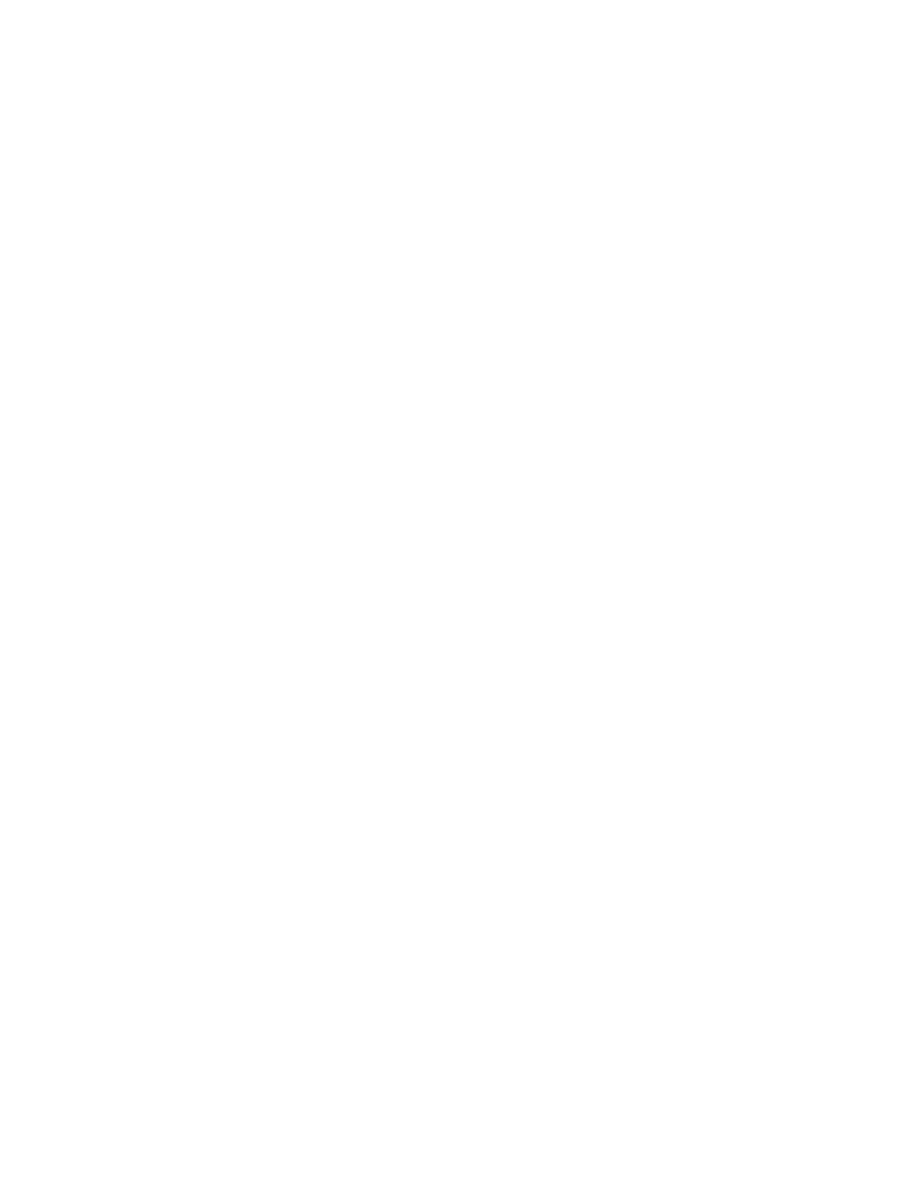Concorde V6-2.7L VIN V (2001)

Alignment: Service and Repair
Pre-Alignment Inspection
STANDARD PROCEDURE-VEHICLE LEAD/PULL ENGINE MOUNT SHIM
This procedure is designed to be used in conjunction with Diagnosis And Testing-Vehicle Lead/Pull.
This procedure is designed to correct a torque steer condition. It involves shimming the engine mounts. On vehicles that torque steer to the left, shim
the left engine mount between cradle and mount lower bracket. On vehicles that torque steer to the right, shim the right mount.
Due to engine-to-hood clearance concerns, only two shims maximum can be used to correct a torque steer condition. It is recommended that only one
shim be tried at first so as not to over correct the original condition. The engine mount shims are available through the Mopar Parts system.
To properly secure the engine mount to the cradle with the shims in place, it is necessary to replace the bracket mounted on the bottom of the engine
mount. The new bracket has full threaded studs. The engine mount brackets are available through the Mopar Parts system.
1. On the side needing to be shimmed, remove the engine mount assembly.
2. Once the engine mount is removed, place it in a vise and remove the two lower bracket attaching nuts and the bracket. Secure the replacement
bracket in its place. Torque nuts to 61 Nm (45 ft. lbs.).
3. Reinstall the engine mount assembly into the vehicle. Before tightening the nuts securing the mount to the cradle, place one shim between new
engine mount lower bracket and engine cradle.
4. Road test and evaluate the vehicle. If the vehicle still torque steers in the same direction, loosen the mount to cradle nuts needing the shim, then lift
the engine enough to install a second shim with the first. Be careful not to lift the engine too far. This will over-extend the axle halfshaft. Also
make sure the hood is up before lifting the engine. Once the shims are in place, lower the engine and tighten the mount to cradle nuts.
6. Road test the vehicle.
STANDARD PROCEDURE-WHEEL ALIGNMENT
PRE-WHEEL ALIGNMENT INSPECTION
Before any attempt is made to change or correct the wheel alignment, the following inspection and necessary corrections must be made to ensure
proper alignment.
1. Verify that the fuel tank is full of fuel. If the tank is not full, the reduction in weight will affect the curb height of the vehicle and the alignment
angles.
2. The passenger and luggage compartments of the vehicle should be free of any load that is not factory equipment.
3. Check the tires on the vehicle. All tires must be the same size and in good condition with approximately the same amount of tread wear. Inflate all
the tires to the recommended air pressure.
4. Check the front wheel and tire assemblies for excessive radial runout.
5. Inspect lower ball joints and all steering linkage for looseness, binding, wear or damage. Repair as necessary.
6. Check suspension fasteners for proper torque and retighten as necessary.
7. Inspect all suspension component rubber bushings for signs of wear or deterioration. Replace any faulty bushings or components before aligning
the vehicle.
8. Check the vehicle's curb height to verify it is within specifications.
